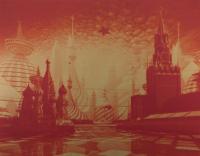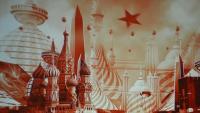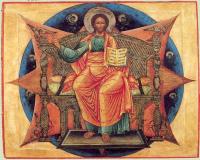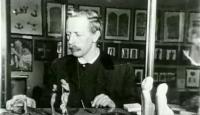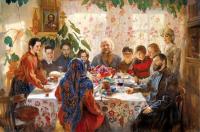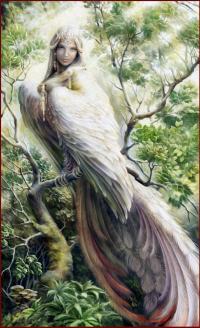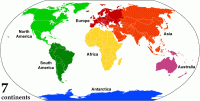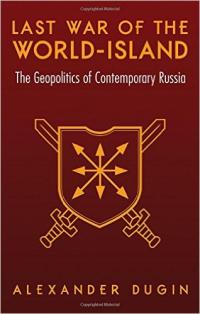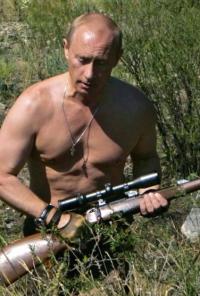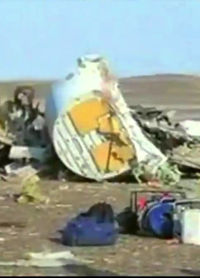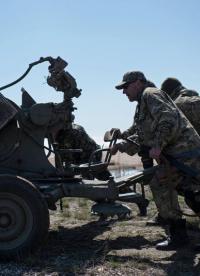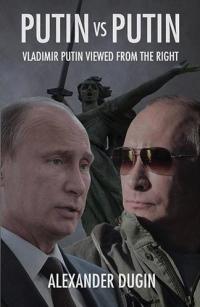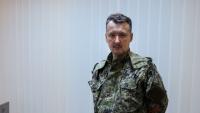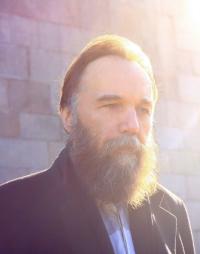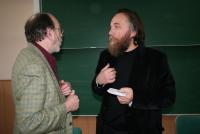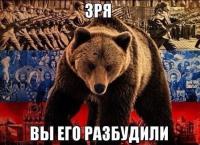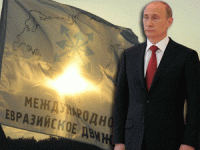The Solar Hounds of Russia
Every thing is what it is thanks to its borders. After all, it is they that separate it from another thing. This distinction carries the most important meaning of the concept of the border not just for international law, defense doctrine, or the structuring of a country’s armed forces, but also for philosophy as such. The border is not just an instrument of philosophy, but its essence, seeing as the highest philosophical concept – transcendence -in Latin literally means “that what lies on the far side of the border”.
The border externally reflects that which lies inside it, while simultaneously confining the essence of the thing in its confrontation with other things. The border is something sacred. The ancient Greeks knew a special god, Terminus, whose name meant ‘limit’, ‘border’. This was not just the guardian-deity of borders, but a “border-deity”, a kind of special, sacred concept that played a central role in the worldviews of the ancient Indo-European peoples.
In magic, there also exists the important concept of the “Guardian of the Threshold”, a special being that is located at the intersection of two worlds: the beyond and the present, the vulgar and subtle, that of life and that of death, the waking world and the dreaming world. This is the very same ancient Terminus, with only slight modifications.


